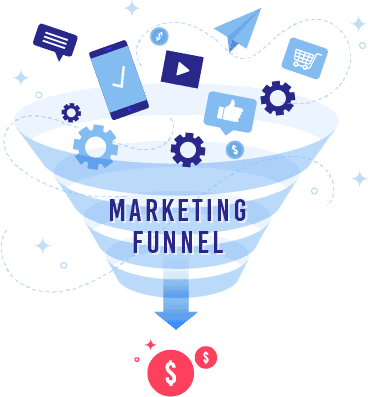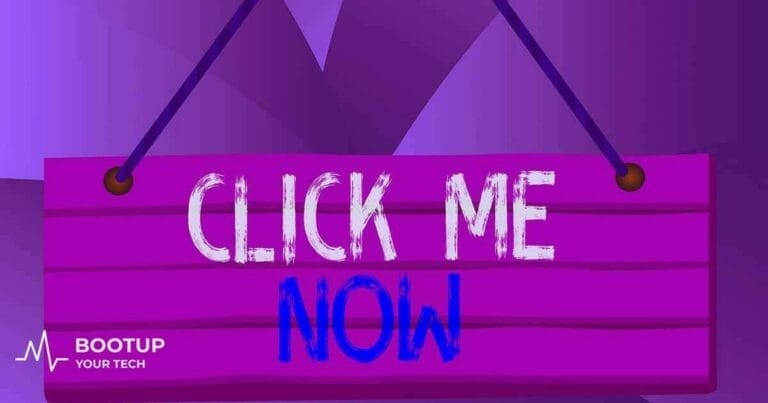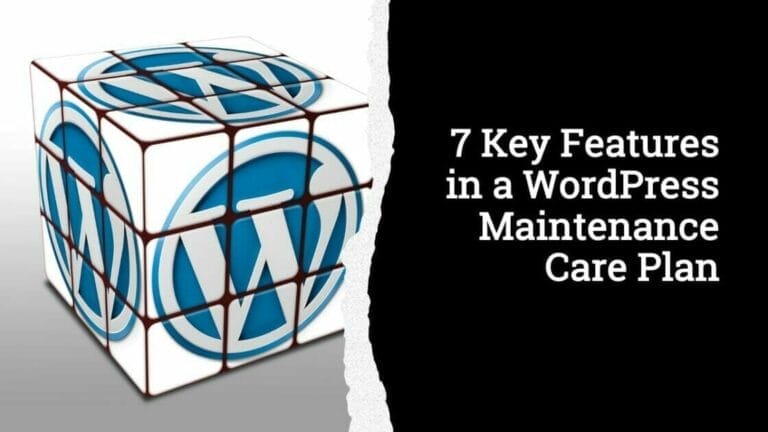Content marketing is very powerful. Everybody knows it. It’s the most effective marketing strategy that’s available to everybody who has a keyboard and a mouse. Like many others that have come before me, we all started out not knowing.
During their marketing journey, most all marketers experience common pitfalls. These pitfalls occur for different reasons. They can happen in the beginning of of the journey or later because the writer has gotten lazy. Either way, there are content marketing mistakes to avoid if you don’t want to get lost in this crowded market.
In the beginning, we are just getting started, putting our work out there. We begin creating content without fully understanding how to create awesome content. and most importantly why we’re doing it. Ask me how I know. I was that person. Everyone kept saying write a blog post. Well I did. Not only did I write it but I published it too.
The truth is, publishing content without a purpose or a call to action isn’t going to impact your business. To impact your readers, you need well-planned, well crafted and well-published content. Let’s take a look at some of the most common content marketing pitfalls that you’ll want to avoid going forward.
#1 Not Being Clear on Your SMART Goals
For you to use content marketing successfully, must get clarity. Getting clarity in your business forces you to answer the hard questions. What do you want from your business? What do you want for your target market? What do you want to offer your target market?
Start by developing laser focused goals. Ensure they are specific, measurable, attainable, relevant and timely. In other words S.M.A.R.T. When you use this powerful way of setting goals, you won’t go back. Those blog posts I published, there wasn’t anything S.M.A.R.T. about them. When I returned to read them, several weeks later, I had no idea what I was trying to focus on.
#2 Not Setting up Metrics on Your KPls
Key Performance Indicators (KPls} are metrics that you use to show how effective “something” is. That something can be your total blog visits, top viewed posts or the source of where you get your most traffic. Wouldn’t you agree that these are things that you need to know to make informed business decisions.

A first step in determining your KPl’s would be to review your business goals. Your goals will reveal key data points that you need to track and watch.
Some will argue that KPls are not important. This may be true in this moment, but this is about setting up your metrics so that you will have the data to analyze later. If you haven’t, you should install Google Analytics immediately.
#3 Creating Content Without Knowing Why
Before you even start creating an outline for any piece of content, know your why! Why did we create this item of content? Take the extra time to ensure you know what your goals are for the item of content you are creating. If it helps, get someone else to read it and let them provide you some constructive feedback. Whether you create it, buy it, or curate it, you need to understand your why before putting pento paper or stroke to keyboard.
Are you trying to teach them something or are you trying to get them to buy something? Do you want to keep it light-hearted and entertain them or are you seeking to increase your credibility with your content?
There is no point in providing content to your audience if you do not know why you want to share that valuable piece of information with them. When you drift into content creation mode, keep in mind who you’re talking to and why. Give your audience the content they need, when they need it, and at the same time, ensure the content produces the result you desire.
#4 Not Adding a Call to Action (CTA)
This pitfall can be related to the pitfall about knowing your why. It has happened before. Content creators create that perfect blog post that delivers invaluable content but not include a call to action. Calls to action give your readers and viewers something to do after they consume your item of content.
I like to refer to it as part of the customer journey. I wrote an article last week talking about different CTA’s. Think of a CTA as your invitation to someone to get more of what they are already in search of. Your call to action needs to be closely related to the item of content you have created. I’ve featured some great call to action examples in this blog post.
CTAs enhance the customer experience. You want to build a relationship with your audience so they keep returning. Your readers next step is often your “why”. As we talked about before, you need to clearly know what this is before you write your content.
#5 Not Setting up an Offer Funnel
Funnels are where its at. It’s often said that the money is in the list. Great saying, but the list needs a funnel to produce. The sales/offer funnel is the steps that your readers will take to become your customer.
When you take the time to create a marketing funnel, it makes your marketing tasks simple to determine.

You’ll be able to create and help your customer follow their journey through the buying cycle. Your funnel will provide you a visual model and framework of how your prospects are introduced to your goods and services.
When building a funnel you need to focus on that one thing and build everything around it. There is no right or wrong size for a sales funnel. It depends on your business and as well as the assets that you have created in your business. Today, your funnel may be small but as your business grows so will the size and complexity of your offer funnels. If you are new to funnels, Crazy Egg has an article and explanation.
#6 Not Following Up
Wow! No such thing as one and done. Your audience needs to be nurtured. The difference between cold traffic and traffic that is not cold is that cold traffic will almost always need more touch-points. It can take 7 to 14 touch-points before a new prospect is ready to become a buyer. Touch-points help you reach your audience members who are not ready to buy from you yet. Touch-points are a great way for you to follow-up. If you do not follow-up, you lessen the number of prospects who will buy or become repeat buyers.
Do not fall into the trap of not emailing your list. Find ways and creative excuses to follow up with your prospect and customers every chance you get from thank you notes to surveys, and more.
#7 Not Reviewing Your Data
We mentioned in #7 to go ahead and install the tools you need to collect your data. I’ll inform you right now that the data wasn’t collected to be forgotten.
It may take a while to collect enough data to take actionable steps, but you should review it periodically. It’s shocking how many marketers fail to look at their data, which makes repeat success very difficult. If you mind your metrics and analyze the data that you produce, you’ll vastly improve all your content marketing efforts.
#8 Disregarding Search Engine Optimization
Whether you call this a pitfall depends on the strategy that you have for your business. Have you decided not to optimize your content for the worlds #7 search engine, google? If so then this pitfall will never apply to you and your content.
SEO may seem like hocus pocus, but it’s powerful and can have a huge impact on your business. When you have written your item of content, traffic needs to be driven to the content which leads to sales after the content has converted. What marketer does not want google to provide organic traffic to their content.
As search engines are getting smarter and google is continuously changing the algorithm, it’s a good idea to optimize your content. Learn all that you can about on-page and off-page SEO so that you know how to write compelling titles and calls to action.
#9 Forgetting to Continuously Study Your Ideal Audience
Some do the work in the beginning and stop when they start to experience a little cash-flow. Remember, even if you researched your audience six months ago, you should still be studying them.
Audience characteristics often stay the same, but their behavior and thoughts change. Imagine if Apple tried to sell their Macintosh products today in the same way they did years ago, would there even be an Apple today?
If you plan out the life cycle of each piece of your content, you’re more likely to experience success with your content marketing strategy.






